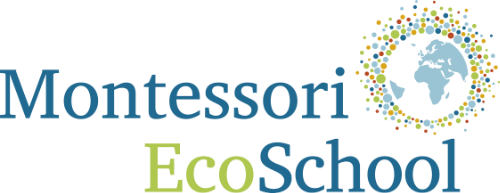Language in the children's house
More info
Practical life activitiesThe work with the sensory materialsLanguage in the children's houseMath in the children's houseMusic and arts in the children's houseLanguage is the key to the world. It is the medium with which we can express our thoughts and feelings and thus, so to speak, language is the "tool of our intelligence". It is not the goal of the children's house to teach the child to read and write; rather, the interest and needs of the child - its particular sensitivities - are followed.
Sensitive phase for language
The child is born with the ability to speak any language in the world. At about six months, however, it has developed a special ear for the languages spoken in its environment. At the age of three - when it enters the children's house - it can usually speak. It has absorbed the languages in its environment in their entirety - the words, the grammar and syntax, the intonation - and now uses them to tell stories, to get help, to get in touch with others, and much more. However, it now needs the opportunity to speak and experience the language. But it also needs to learn to observe communication rules - such as listening, not speaking at the same time, letting others finish. Only then can communication succeed.
Indirect preparation for writing and reading
The child who enters the children's house for the first time has already acquired the oral language; for this it has invested two years of tireless work. The child who leaves the children's house has acquired the written language. For this achievement of humanity, too, the child needs two or more years. This work requires a long preparation, mostly indirect. It follows the child's interest in sounds and letters and his need for sensory perception.
Preparation of the hand
All the practical life activities as well as those with the sensory materials indirectly prepare for the mechanical aspect of writing: the small movements (e.g. when unscrewing and screwing down jars during polishing) aswell as the large movements (when scrubbing tables) are controlled more and more precisely, the eye-hand coordination is trained and the three-finger grip, which leads to correct pen posture, is practiced, e.g. when using pipettes, when grasping the small buttons on the insertion cylinders or puzzle pieces. In addition, the eye and ear are trained through exercises with the sensory materials.
Intellectual preparation
All vocabulary exercises prepare the child for writing and reading. All movements - of the activities of daily life and the sensory materials - are presented from left to right or from top to bottom - that is, in the direction of writing. All activities have a beginning and an end; written language follows the same principle.
Direct preparation
However, in the Montessori environment there are also direct exercises that lead to writing and reading. These include the daily sound game, which creates in the child an awareness of the sounds that make up words (phonological awareness); the exercises with the metal inserts, with which the child learns to hold a pen correctly without writing. And finally, there is the work with the famous sandpaper letters, with which a motor action - feeling the shape and the movement associated with it - is linked to the corresponding sound. Once this link is consolidated, the child is able to write first words, sentences and finally even stories with the individual letters of the movable alphabet, even if the motor aspect of writing is not yet consolidated. It can express itself - and put these thoughts in writing. What a joy!


